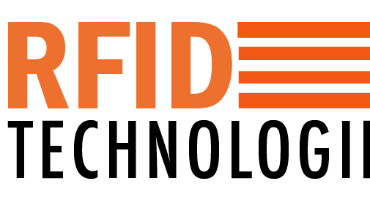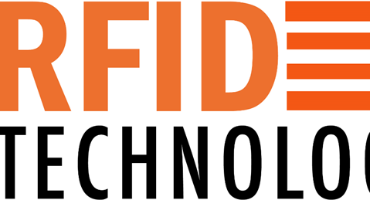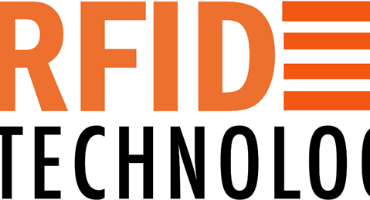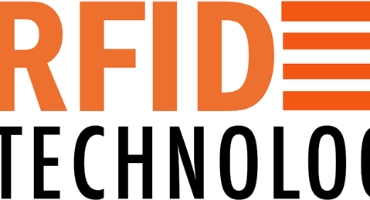Here's a guide to help you make an informed decision:
RFID Tag Compatibility: Ensure that the UHF RFID handheld reader you choose is compatible with the types of RFID tags you plan to use. Check the supported frequency range and tag protocols to ensure they align with your requirements.
Read Range and Performance: Evaluate the reader's read range capabilities, as it determines how far the reader can detect RFID tags. Consider the environment in which you'll be operating and the distance at which you need to read tags accurately.
Durability and Ergonomics: Mobile handheld readers are frequently used in rugged environments, so it's crucial to select a device that can withstand rough handling and environmental conditions. Look for devices with rugged construction, such as shock resistance, water and dust resistance (IP rating), and ergonomic design for comfortable use over extended periods.
Battery Life: Consider the battery life of the handheld reader, especially if you require continuous operation throughout the day. Look for devices with long-lasting battery performance to avoid frequent recharging or downtime.
Connectivity and Integration: Check the connectivity options of the reader, such as Bluetooth, Wi-Fi, or cellular connectivity, to ensure seamless integration with your existing systems or software. Compatibility with common operating systems (e.g., Android, iOS) can also be important for ease of use.
User Interface and Software: Evaluate the user interface and software provided with the handheld reader. A user-friendly interface and intuitive software can enhance productivity and ease of operation. Look for features like easy data input, customizable workflows, and real-time data synchronization.
Scalability and Flexibility: Consider the scalability and flexibility of the handheld reader for future growth and evolving needs. Ensure that it can handle increasing volumes of RFID tags and support additional features or applications if required.
Vendor Support and Reputation: Research the reputation and customer reviews of the handheld reader manufacturer or vendor. Consider factors like their experience in the industry, technical support availability, and after-sales service.
Cost Considerations: Compare the features, capabilities, and pricing of different handheld reader options. While cost is a factor, it's important to prioritize the features and functionalities that align with your specific requirements.
By considering these factors and conducting thorough research, you can select a UHF RFID mobile handheld reader that meets your needs for mobile asset tracking, inventory management, warehouse management, and field and sales service efficiently.
By combining with RFID UHF Readers, both Mobile RFID Handheld Readers and Fixed-Mount UHF RFID Readers, and RFID Antennas, and UHF RFID sensor label tags, organizations can achieve global visibility of their assets, products, or objects in real-time. This integration allows for efficient tracking, event detection, data analysis, and actionable insights, leading to improved operational efficiency, better decision-making, and enhanced supply chain management.
UHF RFID tags and label - both hard and soft UHF RFID Label Tags can be attached to items or packaging, allowing for real-time tracking of inventory. This enables businesses to automate stocktaking, reduce manual errors, streamline replenishment processes, and improve overall inventory accuracy. Real-time tracking of inventory doing automate stocktaking using UHF RFID Readers - both Fixed-mounted UHF RFID Readers as well as Portable Mobile UHF RFID Readers





